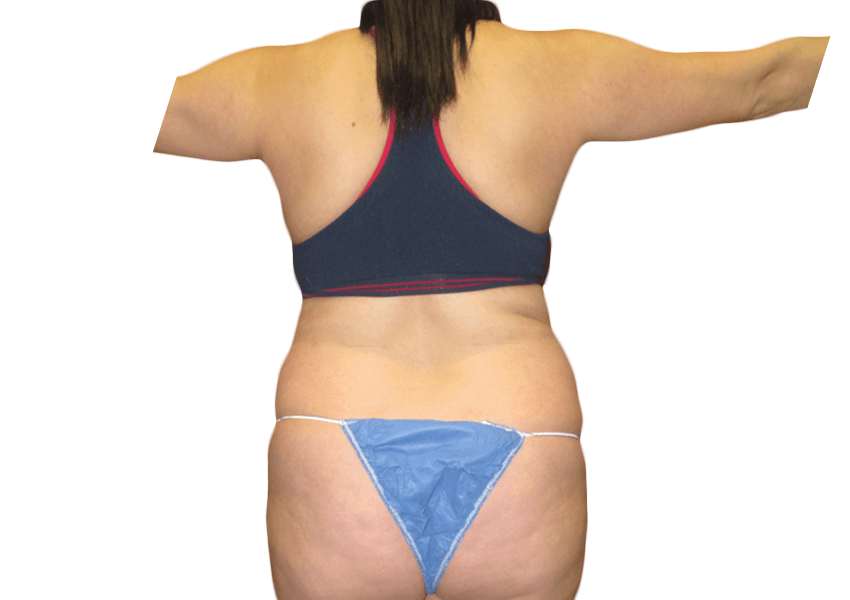What Are the Benefits of Liposuction Before and After a Dermatologist Consultation?
If you’re considering body contouring, understanding the full scope of liposuction before and after dermatologist guidance can give you the best chance of a safe, satisfying experience. Liposuction is one of the most popular cosmetic procedures worldwide, but it’s not just about the surgery itself. The process begins long before you step into an operating room and continues well after the final results start to show.
Partnering with a board-certified dermatologist plays a critical role in enhancing outcomes and avoiding complications. In this article, we’ll explore the benefits of consulting a dermatologist, what to expect before and after liposuction, and how expert guidance can optimize your transformation.
Why Consult a Dermatologist Before Liposuction?
One of the biggest advantages of liposuction is its ability to reshape specific areas of the body that resist diet and exercise. However, not everyone is a good candidate. That’s where a dermatologist steps in.

A qualified dermatologist assesses your skin type, elasticity, and any underlying conditions. For example, if you have eczema, psoriasis, or a history of keloids, the dermatologist may adjust the treatment plan. Additionally, they evaluate whether non-invasive alternatives like CoolSculpting or laser-assisted lipo might work better for your goals.
Before liposuction, a dermatologist can:
- Identify risk factors
- Recommend pre-surgery skin care
- Create a personalized treatment plan
- Ensure your skin is in optimal health for healing
By working with a dermatologist, you set a strong foundation for excellent liposuction before and after results.
What Happens During the “Before” Phase?
During the weeks leading up to liposuction, preparation is key. Your dermatologist may suggest certain steps to enhance the skin's ability to recover. This might include:
- Using retinoid creams or gentle exfoliants
- Avoiding sun exposure
- Treating any acne or dermatitis
- Discontinuing certain medications or supplements
You may also be advised to stop smoking, reduce alcohol intake, and stay well-hydrated. All of these measures support better circulation, faster healing, and reduced scarring.
Many patients overlook the importance of skin condition prior to surgery. But smooth, healthy skin allows the surgeon to remove fat more evenly, reducing the risk of lumps, bumps, or sagging.
What Can You Expect After Liposuction?
After the procedure, your journey is far from over. This is when a dermatologist’s guidance becomes even more valuable. The post-op period involves swelling, bruising, and a range of healing responses that vary by individual.
Your dermatologist can:
- Monitor your skin’s response to the procedure
- Recommend topical treatments for inflammation or discoloration
- Prevent and treat infections or cysts
- Guide scar prevention strategies
They may suggest products with ingredients like hyaluronic acid, niacinamide, or peptides to rebuild the skin barrier. If pigmentation changes occur, they may use lasers or chemical peels to even out your complexion.
Patients who follow a dermatologist’s plan often see smoother, firmer, and more natural-looking results. That’s why liposuction before and after dermatologist consultations are gaining popularity.
Long-Term Skin Health After Liposuction
One of the greatest benefits of working with a dermatologist near me is the long-term maintenance of your skin. Liposuction removes fat, but it doesn’t guarantee skin tightening. Especially in older patients or those with reduced elasticity, loose skin can be an issue.
Dermatologists can recommend:
- Radiofrequency skin tightening
- Microneedling
- PRP (Platelet-Rich Plasma) therapy
- Ultrasound-based therapies
These treatments help stimulate collagen and improve elasticity. They can be used in the months following liposuction to improve texture and tone.

In addition, your dermatologist can monitor your progress over time and adapt your skin care routine as your needs evolve. The goal is to keep your skin looking vibrant and youthful as your body changes.
Realistic Expectations: A Key to Satisfaction
Many patients feel disappointed when their results don’t match unrealistic online expectations. A dermatologist helps set achievable goals by educating you on how your body will respond to liposuction.
By reviewing liposuction before and after dermatologist images and case studies, you’ll get a better idea of potential outcomes. This step reduces anxiety and increases satisfaction because you’re more mentally prepared.
Conclusion:
In today’s world, cosmetic procedures are more accessible than ever. But going into liposuction without professional dermatological guidance is like starting a marathon without training. It may work—but it likely won’t be optimal.
By choosing to engage a dermatologist before and after liposuction, you maximize safety, skin health, and visual outcomes. Whether you’re enhancing your contours or rebuilding confidence, expert guidance can make all the difference.

Comments
Post a Comment